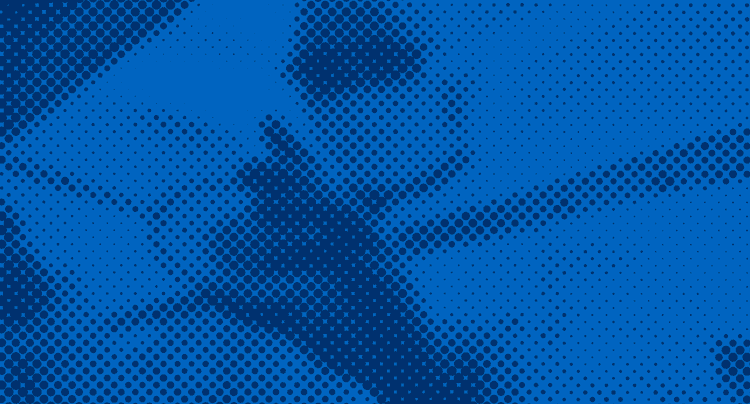The Problem
A global pharmaceutical company faced a crisis of confidence with investors and regulators due to lack of confidence in their existing leadership. Faced with the departure of several high-level officers amid allegations of improper business practices and a narrowing gap between their blockbuster product and the competition, they needed to quickly build leadership capability. While the company had historically been very successful, its future was in jeopardy. The confidence of patients, doctors, regulators, investors, and employees needed to be restored—and fast.
The Solution
As the new CEO focused on getting the right executive team in place, reassuring investors, and reemphasizing its ethical foundations internally, the new CHRO reached out to The RBL Group for guidance. RBL worked with the CHRO to help articulate and solve the broader leadership crisis the organization was facing.
RBL’s proprietary Leadership Pipeline Analysis revealed significant gaps between expectations for individuals in a leadership role and the actual performance of incumbent leaders in their roles. The analysis revealed that 48% of the company’s leaders were performing as if they were individual contributors and 14% of those leaders were in need of direct and constant supervision. With senior leaders who were competing, not collaborating with each other and their own teams, the company’s ability to turn around were jeopardized. The results of the analysis quantified and created a sense of urgency for the need to significantly upgrade the quality of leadership in the organization.
In addition, as the new executive team aligned on an ambitious new strategy, The RBL Group designed and supported an internal process to translate the strategy into leadership expectations that would support efforts to diversify the pipeline and improve the patient experience. By using high potential senior leaders in an intensive development program to define the new behavioral expectations, the company got significant buy-in and traction for the new culture and strategy.
The Outcome
Two years later, the company asked the RBL Group to repeat the Leadership Pipeline Analysis and measure progress. Through a combination of restructuring and leadership investments, the company had reduced the number of leaders performing as individual contributors from 48% to 40% and had only 1% of its leaders in need of direct and constant supervision—a change that took them from below parity in leadership capability to average leadership capability. A change that is seen as the first victory on a longer path to world-class leadership.
